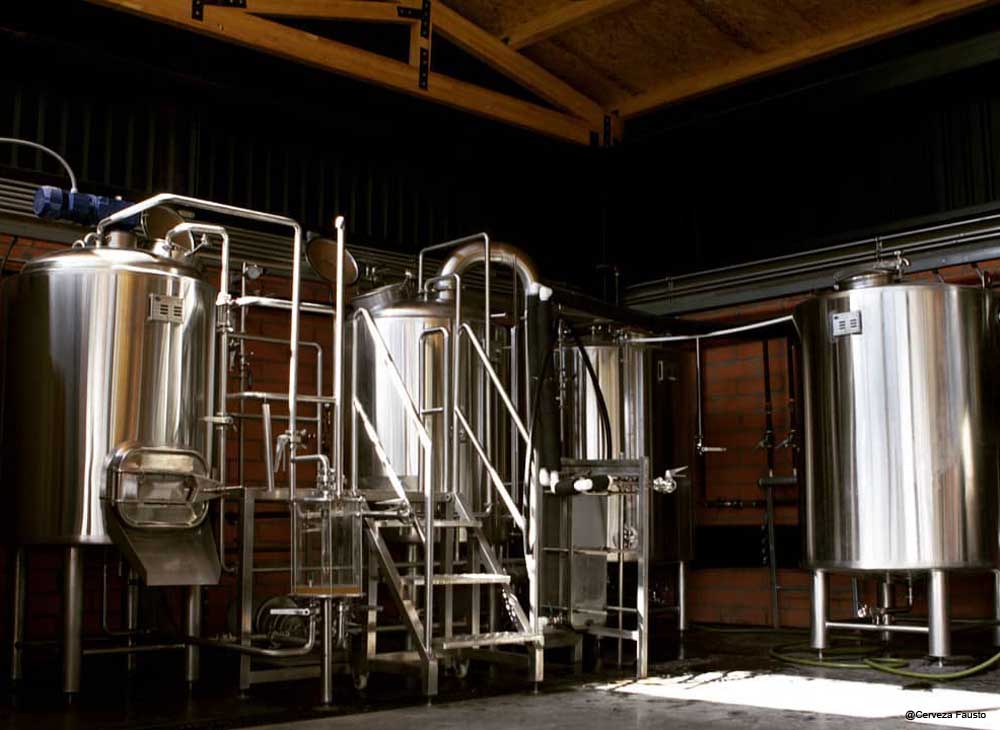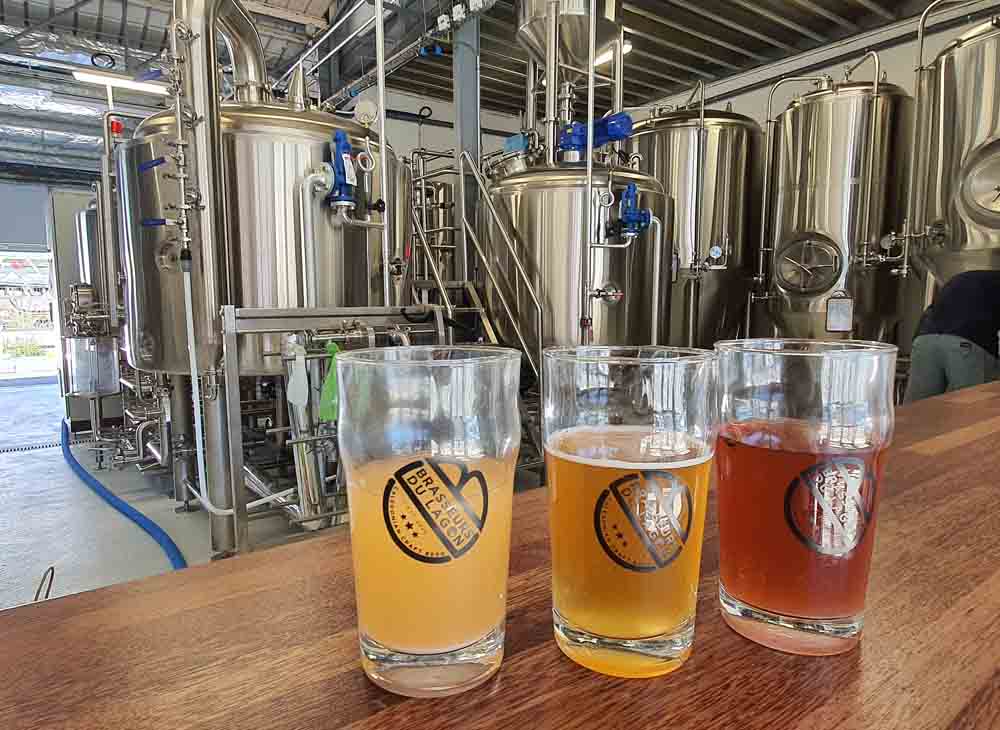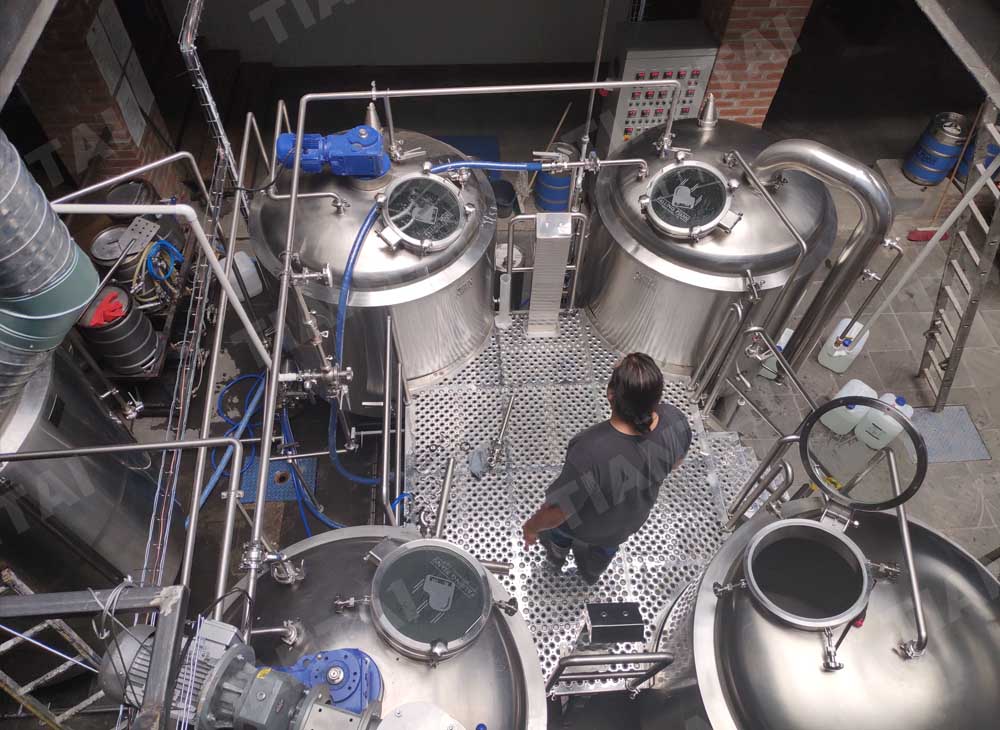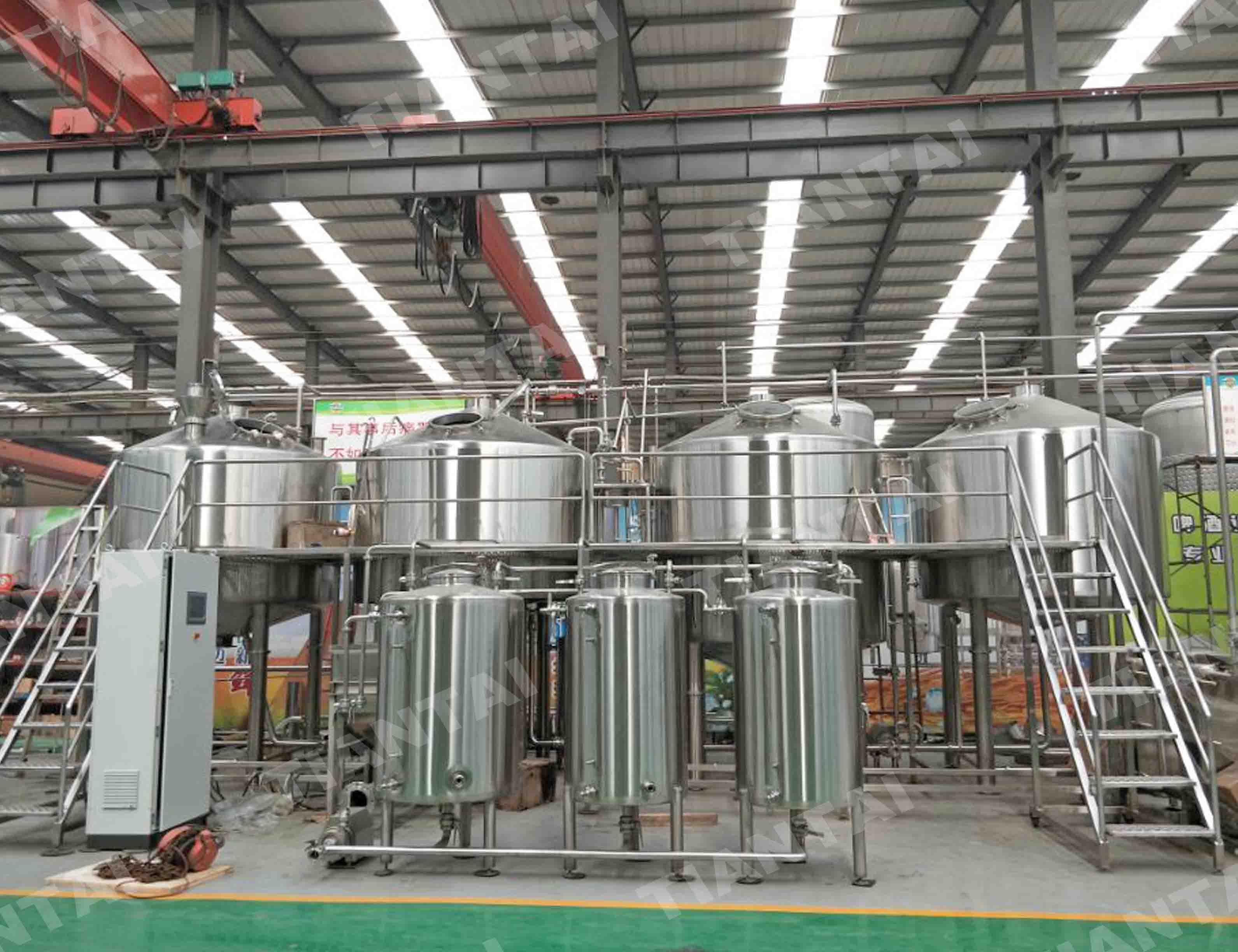Wort lautering in Lauter tun
- Dec 09, 2021
- 73
- tiantai
At its core, lautering is a three-step process at the end of a maker's mash, which divides out the sugary wort from the invested (used) grains. While typical developing methods consist of all actions of the lauter process, numerous homebrewers, particularly those that execute a brew-in-a-bag (BIAB) mash, may be passing up all 3 steps. Partial mash brewers may discover they do one or 2 of the 3 actions.

Action 1-- The Mashout
The term mashing out refers elevating the temperature of a mash over the "risk-free zone" for enzymes that are working on breaking down the carbs (sugars) of the wort. This action also reduces the wort's viscosity, allowing the subsequent lautering steps to occur more quickly.
Often brewers will certainly hold their mash in the 148-- 160 ° F (64-- 71 ° C) array to maximize the enzyme's task for starch conversion. At the factor they seem like the mash is complete to their fulfillment, usually after 45-- 60 minutes, the lauter procedure begins. The mash is heated up above the greatest threshold of the mash enzymes-- approximately 165 ° F (74 ° C). One of the most usual temperature level seen for the mashout procedure is 168-- 170 ° C (76-- 77 ° C) with a five-minute rest before moving onto action 2, the vorlauf.
A recirculation system such as a HERMS (heat-exchange recirculation mash system) or edges (recirculating infusion mash system) can stay clear of sweltering the grains. If you don't have a recirculating mash system, there are a couple of other options offered. Adding a determined quantity of boiling water to your mash can elevate the temperature to mashout. Or a maker can simply heat their sparge water (see step 3) hotter than regular, typically to 180-- 190 ° F (82-- 88 ° C), which if done properly can imitate the impacts of a mashout action. Makers can draw out component of the mash as well as boil that portion for a pair mins prior to returning it to the mash to elevate the entire mash temperature. This procedure is known as decocting the mash and also frequently 1⁄3 of the mash will be pulled out for steaming.
Action 2-- Vorlauf
Brewers define vorlauf as a recirculation process as these over cast very first runnings are in advance of what they desire, so they will recirculate this wort back on top of the mash to be re-run with the grains and cleared of the cloudiness in the procedure. The wort is recirculated back on top of the mash until the turbidity is no much longer obvious.
Homebrewers can vorlauf either with a pump to really gradually pump the wort back in addition to the mash, or make use of a container to accumulate the wort that is after that gently put back in addition to the mash. Always start slow-moving in order to enable the grain bed to clear up in position and also not over-compress the grains.
Action 3-- Sparging
The sparge action is the last action in the lauter procedure and is the "scattering" phase according to the German root of words. When the wort has actually run clear during the vorlauf action, the wort starts to be directed in the direction of the brewing kettle. Sparging is a cleaning procedure in which the sugars are rinsed from the grains with fresh, hot water.
At this point, brewers have 2 choices; they can carry out a set sparge or a fly sparge. Often you will certainly listen to that fly-sparge makers ought to try to maintain a 1-inch (2.5-cm) layer of sparge water on top of the grain bed. In general I do not exceed the initial strike water volume of the mash to sparge water quantity past 1:1.25.
Putting it all With each other
This three-step process does not require to be executed for every beer. Boost the volume of your mash water so that you can run-off the full volume direct to the mixture pot. I recommend you to review up on the possible pitfalls of full-volume mashes if you do go this path.
While traditional developing techniques consist of all steps of the lauter procedure, many homebrewers, especially those who do a brew-in-a-bag (BIAB) mash, may be giving up all three steps. The term mashing out refers increasing the temperature level of a mash above the "risk-free zone" for enzymes that are functioning on damaging down the carbohydrates (sugars) of the wort. The mash is heated up over the greatest threshold of the mash enzymes-- roughly 165 ° F (74 ° C). A recirculation system such as a HERMS (heat-exchange recirculation mash system) or RIMS (recirculating mixture mash system) can stay clear of scorching the grains. Brewers can pull out component of the mash and also boil that portion for a pair minutes prior to returning it to the mash to elevate the entire mash temperature level.
Laura Hou
Sales manager
Tiantai Beer Equipment
[email protected]

Action 1-- The Mashout
The term mashing out refers elevating the temperature of a mash over the "risk-free zone" for enzymes that are working on breaking down the carbs (sugars) of the wort. This action also reduces the wort's viscosity, allowing the subsequent lautering steps to occur more quickly.
Often brewers will certainly hold their mash in the 148-- 160 ° F (64-- 71 ° C) array to maximize the enzyme's task for starch conversion. At the factor they seem like the mash is complete to their fulfillment, usually after 45-- 60 minutes, the lauter procedure begins. The mash is heated up above the greatest threshold of the mash enzymes-- approximately 165 ° F (74 ° C). One of the most usual temperature level seen for the mashout procedure is 168-- 170 ° C (76-- 77 ° C) with a five-minute rest before moving onto action 2, the vorlauf.
A recirculation system such as a HERMS (heat-exchange recirculation mash system) or edges (recirculating infusion mash system) can stay clear of sweltering the grains. If you don't have a recirculating mash system, there are a couple of other options offered. Adding a determined quantity of boiling water to your mash can elevate the temperature to mashout. Or a maker can simply heat their sparge water (see step 3) hotter than regular, typically to 180-- 190 ° F (82-- 88 ° C), which if done properly can imitate the impacts of a mashout action. Makers can draw out component of the mash as well as boil that portion for a pair mins prior to returning it to the mash to elevate the entire mash temperature. This procedure is known as decocting the mash and also frequently 1⁄3 of the mash will be pulled out for steaming.
Action 2-- Vorlauf
Brewers define vorlauf as a recirculation process as these over cast very first runnings are in advance of what they desire, so they will recirculate this wort back on top of the mash to be re-run with the grains and cleared of the cloudiness in the procedure. The wort is recirculated back on top of the mash until the turbidity is no much longer obvious.
Homebrewers can vorlauf either with a pump to really gradually pump the wort back in addition to the mash, or make use of a container to accumulate the wort that is after that gently put back in addition to the mash. Always start slow-moving in order to enable the grain bed to clear up in position and also not over-compress the grains.
Action 3-- Sparging
The sparge action is the last action in the lauter procedure and is the "scattering" phase according to the German root of words. When the wort has actually run clear during the vorlauf action, the wort starts to be directed in the direction of the brewing kettle. Sparging is a cleaning procedure in which the sugars are rinsed from the grains with fresh, hot water.
At this point, brewers have 2 choices; they can carry out a set sparge or a fly sparge. Often you will certainly listen to that fly-sparge makers ought to try to maintain a 1-inch (2.5-cm) layer of sparge water on top of the grain bed. In general I do not exceed the initial strike water volume of the mash to sparge water quantity past 1:1.25.
Putting it all With each other
This three-step process does not require to be executed for every beer. Boost the volume of your mash water so that you can run-off the full volume direct to the mixture pot. I recommend you to review up on the possible pitfalls of full-volume mashes if you do go this path.
While traditional developing techniques consist of all steps of the lauter procedure, many homebrewers, especially those who do a brew-in-a-bag (BIAB) mash, may be giving up all three steps. The term mashing out refers increasing the temperature level of a mash above the "risk-free zone" for enzymes that are functioning on damaging down the carbohydrates (sugars) of the wort. The mash is heated up over the greatest threshold of the mash enzymes-- roughly 165 ° F (74 ° C). A recirculation system such as a HERMS (heat-exchange recirculation mash system) or RIMS (recirculating mixture mash system) can stay clear of scorching the grains. Brewers can pull out component of the mash and also boil that portion for a pair minutes prior to returning it to the mash to elevate the entire mash temperature level.
Laura Hou
Sales manager
Tiantai Beer Equipment
[email protected]



.jpg)
